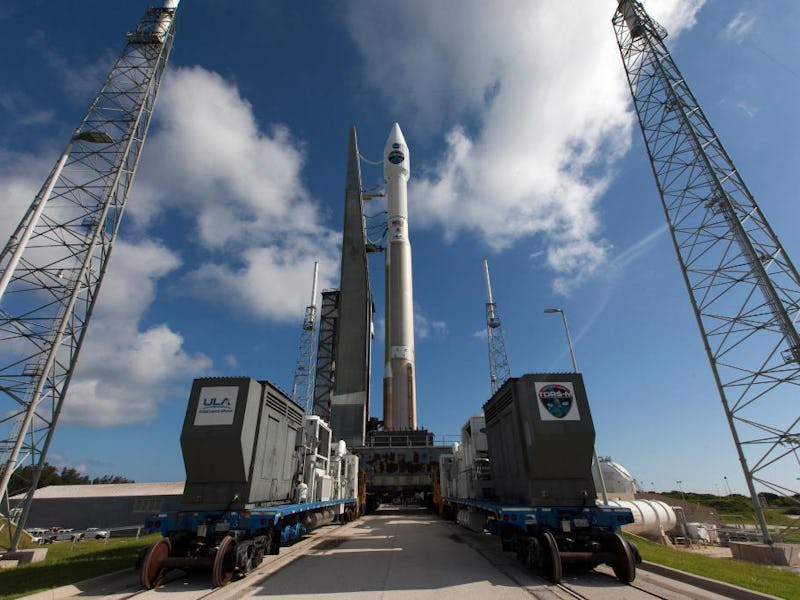Why NASA TDRS Mission is Critical for the Future of Humanity in Space
"Without any undue pressure, I definitely need this spacecraft."

At 8:03 a.m. Eastern on Friday, NASA will launch a satellite that is absolutely crucial for its communications and navigation from now until the mid-2020’s.
“Without any undue pressure, Tim,” Badri Younes of NASA’s Space Communications and Navigations program (SCaN) told the launch director during a Thursday news briefing, “I definitely need this spacecraft.”
The satellite in question is TDRS-M, a Tracking and Data Relay Satellite (TDRS), built by Boeing. It will enable the work of the Hubble Space Telescope, the International Space Station, and much more.
Younes puts TDRS crafts’ responsibilities into three categories: the deep space, near-Earth, and space networks. Deep space “supports missions that are billions of miles away, sending very faint signals to Earth and giving us some data about the universe,” he said. Near-Earth covers anything between our planet and a bit beyond the moon. The space network means systems and facilities on the ground as well as data-related, Earth-orbiting satellites (including TDRS’s).
The space network in particular “depends on TDRS to do its function,” said Younes. “we need at least six active spacecraft and one active spare, so we need seven spacecraft to be ready to meet all of our mission requirements.”
Currently NASA has exactly that number in orbit. It’ll do for the moment, but two of those are old, first-generation crafts, and SCaN is planning on retiring them before long. Previous satellites have been retired when they’re between 22 and 26 years old; TDRS-6 is 24, so it’s about time to take it out of commission.
“TDRS is so critical,” Younes said.
TDRS-M will be launched on a United Launch Alliance Atlas V rocket from a launch pad at Cape Canaveral Air Force Station in Florida.
NASA tweeted out this picture of the rocket at the ready on Thursday night:
If a satellite successfully reaches orbit, the number at the end of its name is replaced with a number. If TDRS-M makes it on Friday, it will be baptized as TDRS-14.